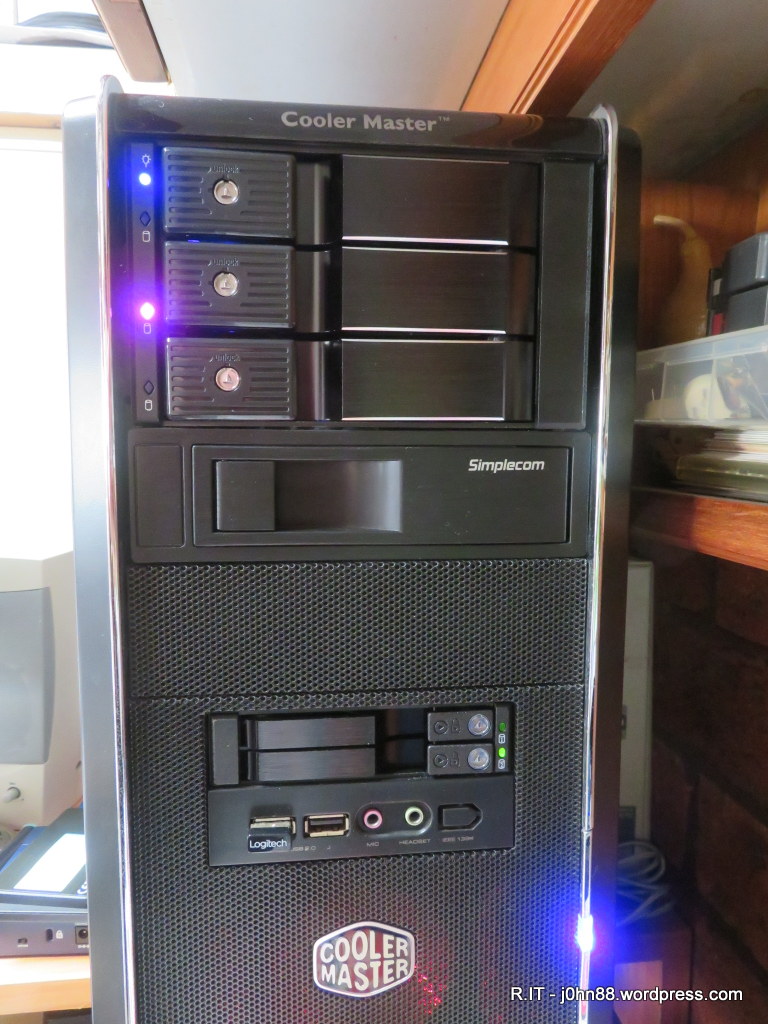Have I mentioned that I get a lot of jobs from family? These are not really jobs – you could say that these are chores or requests for assistance. Anyway, my brother mentioned that his daughter wanted to increase the storage on her laptop as it was getting full. I asked what laptop it was, and was told that it was a Lenovo Legion 5 15ACH6.
I asked him to get her to run “wmic diskdrive get model” from a command prompt on her laptop. It came back with SAMSUNG MZVLB512HBJQ-000L2 which told me that it was a M.2 512GB NVMe drive. This means that I could expand it to maybe 1TB, so ordered a Lexar 1TB NVMe disk which was available a few days later.
That was a couple of weeks ago, and today – being Anzac Day, he came over with his family and the laptop. He said that he would pick it up on a weekend.
I removed 10 screws and was able to pry the bottom cover off. I could see where the original NVMe was located and to my surprise, found another NVMe socket on the other end of the motherboard.

I removed the metal shield and could see that the Lexar could fit in there – so that would be an easy job, just install it and then put the shield back on.

Well almost. I saw that one of the cpu fans was covered in dust, so had to vacuum and brush both of them to get rid of the dust. After that was done, I turned the laptop over and powered it on – leaving the bottom cover off, just in case it doesn’t work. I did put a spacer under it, so as not to block the fans.
Windows booted up, and I ran Disk Administrator, then was prompted to initialize the disk – and chose GPT, and then created a simple volume and did a quick format – all done. Ok – had to put the bottom cover on after shutting down, then put the screws in – 6 of which were long ones, wouldn’t want to mix those up, would we?
The addition of an extra 1TB of storage would Revitalize.IT – the laptop, I mean. I will let my niece sort out what data to move to the second disk, which should improve performance.
Wow, this is a record – for me to write about something that was only done today and not weeks, months or years ago.






